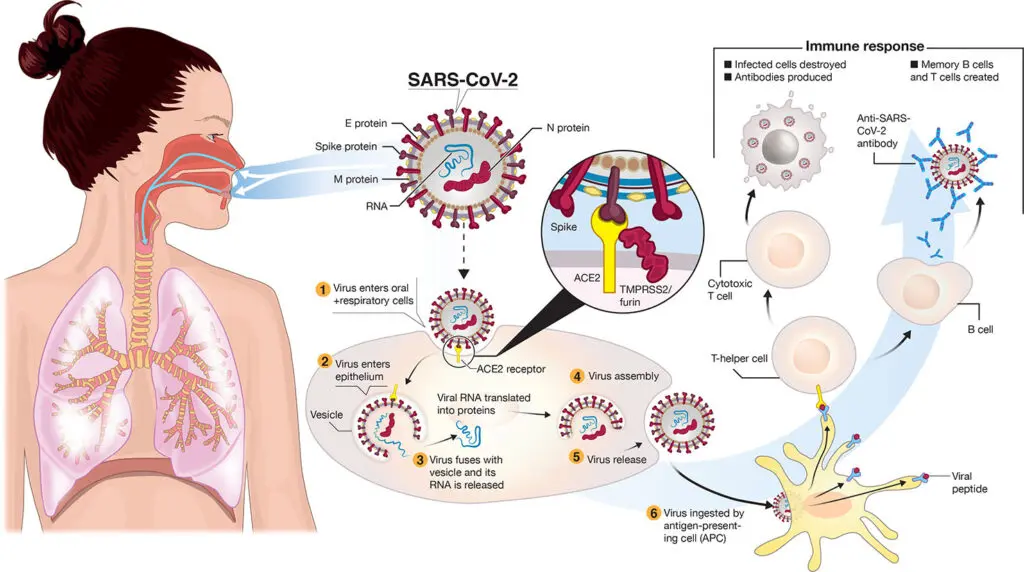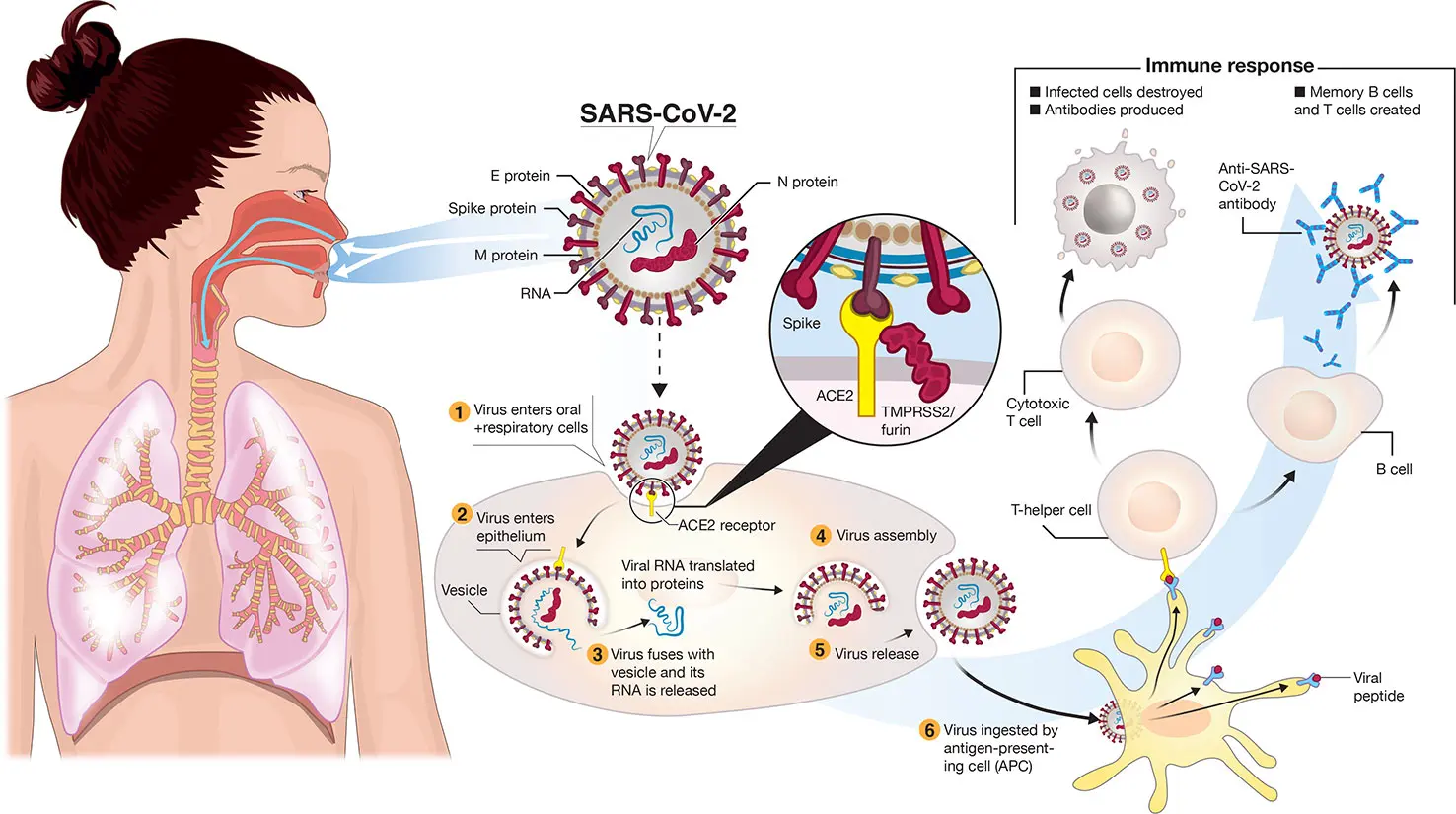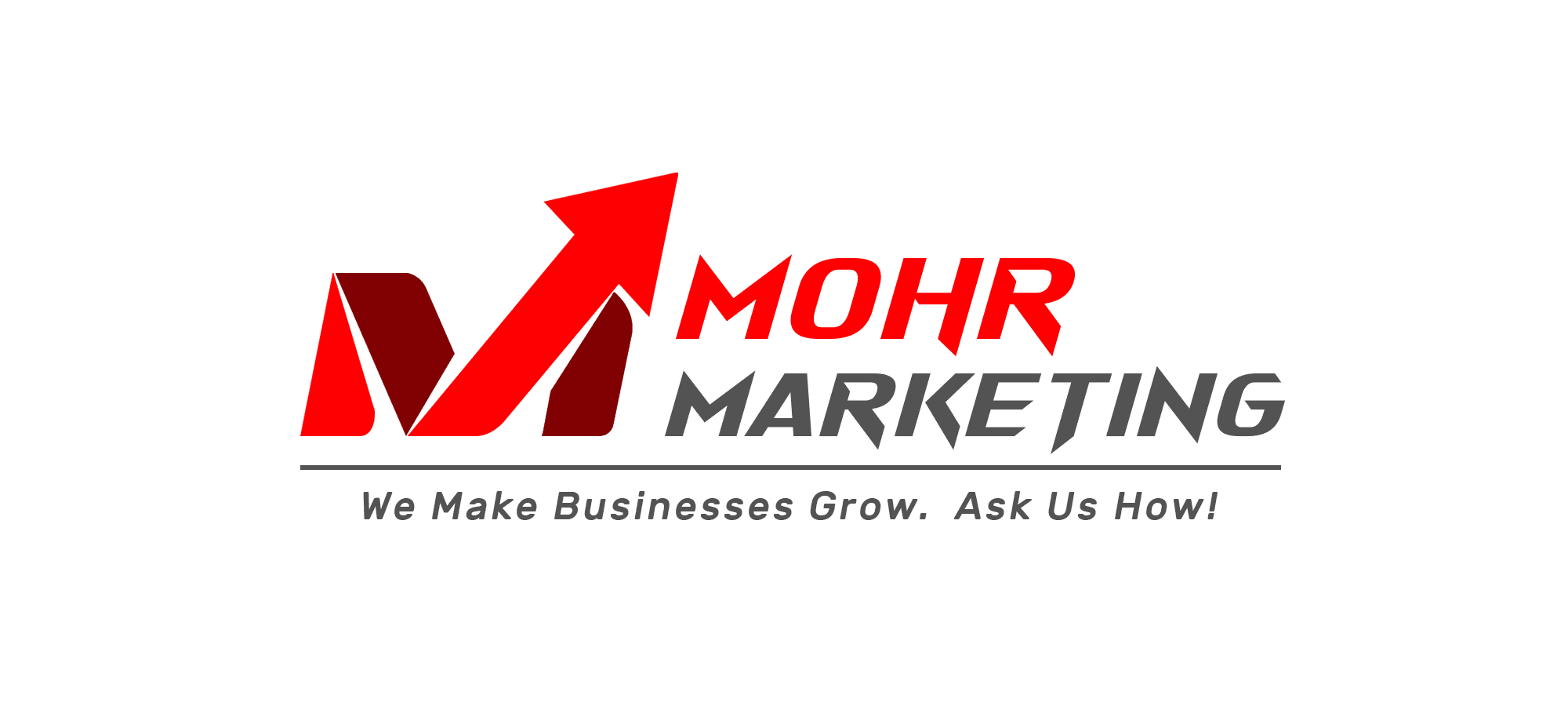Introduction To Safety Standards During The Covid-19 Pandemic
December 6, 2024 by Susan MohrSafety Standards In The Age Of Covid-19
The COVID-19 pandemic has significantly reshaped the global approach to safety standards across various sectors. As societies grappled with its swift spread, an urgent need emerged to develop, implement, and adhere to novel safety protocols that prioritize public health while ensuring the continuity of daily activities. These standards became essential in minimizing transmission risks and safeguarding individuals, communities, and economies.

They encompassed various measures such as social distancing, the mandatory use of face masks, frequent sanitation, and the reconfiguration of spaces to reduce contact. In workplaces, remote operations and staggering shifts became prevalent, fundamentally altering operational norms. Constant collaboration between health authorities, governments, and industries was paramount in crafting guidelines adaptable to evolving scientific insights. Through these collective efforts, safety standards have significantly influenced how societies function, highlighting the importance of resilience and adaptability in the face of unprecedented challenges.
Evolution Of Health And Safety Guidelines
The evolution of health and safety guidelines during the COVID-19 pandemic has been dynamic, reflecting the rapidly changing understanding of the virus and its transmission. Initial recommendations centered on basic hygiene practices, such as frequent hand washing and surface cleaning. As the virus spread, guidelines evolved to include social distancing measures and wearing masks, especially in crowded or indoor settings.
With the development of vaccines, the focus expanded to vaccination campaigns, highlighting their role in preventing severe illness and curtailing transmission. Public health authorities continuously updated their guidelines based on emerging scientific evidence, addressing new variants and reinforcing the importance of booster shots. These efforts were complemented by teleworking initiatives and improved ventilation systems in public spaces, forming a comprehensive safety framework that balanced economic needs with public health imperatives, adapting as necessary to contain outbreaks.
Workplace Safety Protocols: Adapting To Covid-19
In the age of COVID-19, workplace safety protocols have undergone significant changes to ensure the health and well-being of employees. Organizations must adapt to evolving guidelines, incorporating measures that minimize the risk of virus transmission while maintaining productivity. Central to these protocols is the emphasis on social distancing, which necessitates rearranging workspaces for adequate spacing between individuals. Regular sanitation of surfaces and shared equipment has become routine, often accompanied by the availability of hand sanitizers throughout facilities.
Implementing health screenings, such as temperature checks and symptom questionnaires, further safeguards against outbreaks. Many companies have adopted hybrid working models, allowing employees to work remotely to reduce office density. Enforcing mask-wearing policies in indoor spaces is also common as a barrier against respiratory droplets. These adaptive strategies are crucial in maintaining a safe and functional workplace environment.
Public Spaces And Event Management: Ensuring Community Safety
In the age of COVID-19, ensuring community safety in public spaces and during events has become paramount. Event management and public space utilization have significantly transformed to align with new safety standards. Organizers must adhere to guidelines emphasizing social distancing, sanitation, and crowd control. Capacity restrictions are often implemented to prevent overcrowding, ensuring that venues remain at safe occupancy levels.
In addition, enhanced cleaning protocols have become a staple, with frequent sanitation of high-touch areas. Face masks and hand sanitizers are encouraged and, in many cases, mandated to minimize the risk of virus transmission. Technology plays a crucial role, with contactless payment and registration systems reducing physical contact. Event managers are tasked with continually updating their strategies to incorporate the latest health guidelines, ensuring that public spaces and events remain safe and welcoming for all participants.
Technological Innovations In Health And Safety Compliance
During the COVID-19 pandemic, technological innovations have played a pivotal role in enhancing health and safety compliance across various sectors. With heightened demand for contactless solutions, businesses have increasingly adopted digital tools such as mobile health apps and contact tracing technologies to monitor and ensure safety standards. These applications provide real-time data, enabling swift responses to potential outbreaks and ensuring adherence to evolving health guidelines.
Additionally, implementing artificial intelligence and machine learning algorithms has allowed for the analysis of large datasets to predict and mitigate risks. Integrating Internet of Things (IoT) devices has facilitated monitoring air quality and workplace occupancy levels, optimizing environments to reduce viral transmission. Virtual and augmented reality technologies have also emerged, enabling remote training and ensuring employees are well-versed in safety protocols, minimizing physical interaction, and maximizing compliance.
Future Perspectives On Safety Standards Post-Pandemic
As the world transitions into a post-pandemic era, safety standards are anticipated to evolve significantly, reflecting the lessons learned from COVID-19. Emphasis on hygiene and sanitation will likely remain central, with improved protocols ingrained in public consciousness and institutional policies. Businesses and public spaces may continue implementing technologies like contactless solutions and air purification systems, underscoring the importance of minimizing physical contact and maintaining indoor air quality.
Remote work could become a permanent fixture for many, necessitating robust cybersecurity measures to protect digital interactions. Furthermore, the experience of global interconnectedness during the pandemic fosters stronger international collaboration on health standards and rapid response strategies for future crises. Education and public awareness campaigns will ensure that communities are informed and resilient. Ultimately, these enhanced safety standards aim to create a healthier, more prepared society against future threats.
Susan Mohr
Mohr Marketing, LLC
CEO and Founder


Recent Posts
- What Is Location Based Marketing Explained
- Top 10 healthcare digital marketing strategies
- How to Rank Higher on Google Maps
Categories
- AI and Lead Generation
- Business Financing
- Call Verified MVA Leads
- Car Accident Help
- Car Accident Settlements
- Claimant Funding
- Compliance Program
- Geotargeting
- Google Maps Ranking
- Healthcare Practice Growth
- Law Firm Growth
- Law Office Operations
- Lead Generation
- Lead Generation For Attorneys
- Lead Generation For Chiropractors
- Lead Generation For Criminal Attorneys
- Lead Generation For D&A Treatment Centers
- Lead Generation For DUI Attorneys
- Lead Generation For Eye Doctors
- Lead Generation For Family Law Practices
- Lead Generation For PI Law Firms
- Lead Generation For Plastic Surgeons
- Leads For Healthcare Professionals
- Leads For Insurance Industry
- Legal Leads
- Legal Marketing
- Legal Updates
- Mass Tort Leads
- Medicare and Medicaid Leads
- Merchant Funding Leads
- Online Marketing Strategies
- Pre-Settlement Funding
- Signed MVA Cases
- Tort Updates
- Truck Accident Settlements
- Web Design
Archives
Copyright © 1994-2025 Mohr Marketing, LLC. All Rights Reserved.


